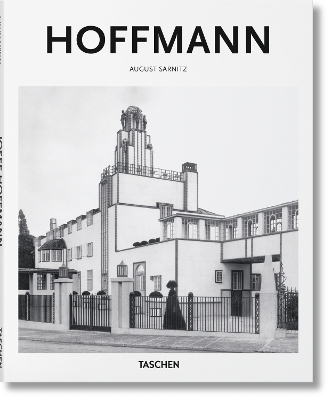Before aesthete, designer, and architect Josef Hoffmann (1870–1956) came along, Austrian architecture and design was suffocating under a surfeit of opulent ornamentation and bombastic flourish. With his radical new approach and a band of like-minded figures, Hoffmann was a founding father of the Viennese Secession and Wiener Werkstätte and revolutionized Western aesthetics with a brave new minimalism.
This essential introduction explores Hoffmann’s key ideas, projects, and designs to understand his radical aesthetics and their continued influence on European architecture and design, from monochrome interior schemes to the cutlery we put on the table. We explore his integral role at the center of both the Vienna Secession in 1897 and the Wiener Werkstätte, and his commitment to stylistic purity, including some of Europe’s first major modernist buildings, such as the Purkersdorf Sanatorium (1904) and the Palais Stoclet (1905–1911).
About the series
Born back in 1985, the Basic Art Series has evolved into the best-selling art book collection ever published. Each book in TASCHEN’s Basic Architecture series features:
an introduction to the life and work of the architect
the major works in chronological order
information about the clients, architectural preconditions as well as construction problems and resolutions
a list of all the selected works and a map indicating the locations of the best and most famous buildings
approximately 120 illustrations (photographs, sketches, drafts, and plans)
- ISBN10 3836550393
- ISBN13 9783836550390
- Publish Date 28 September 2016
- Publish Status Active
- Out of Print 28 April 2022
- Publish Country DE
- Imprint Taschen GmbH
- Format Hardcover
- Pages 96
- Language English
